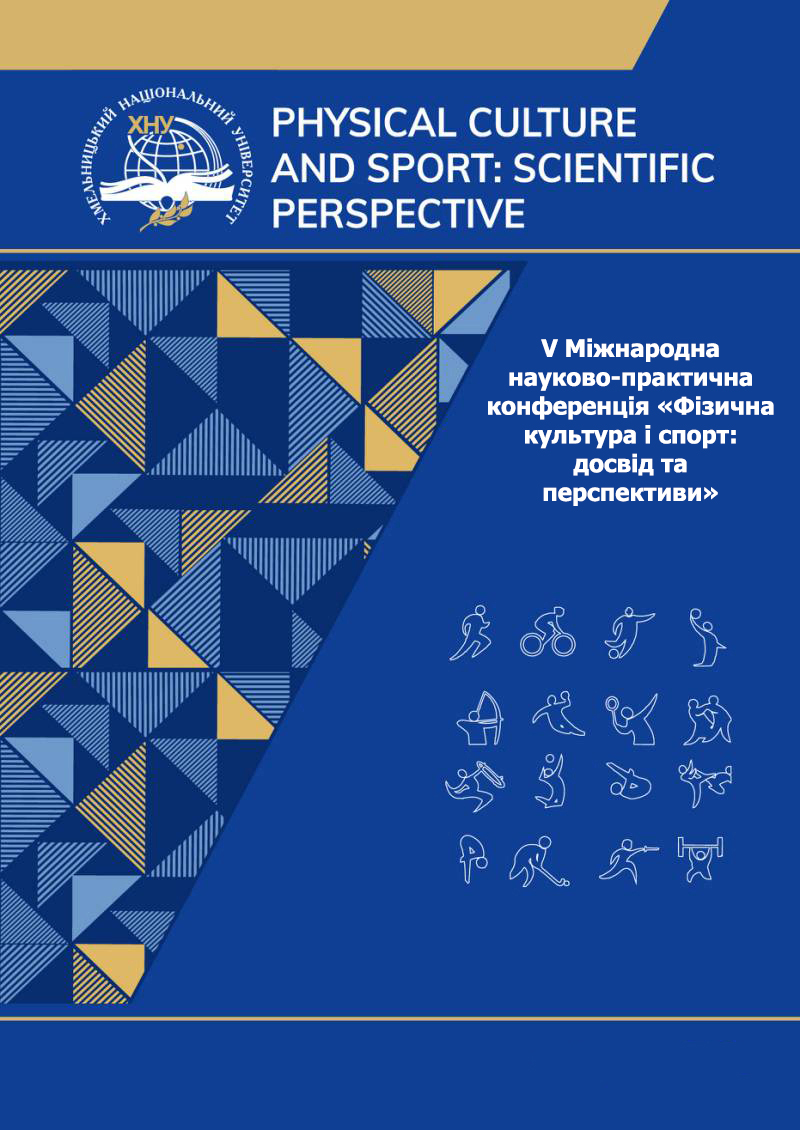EFFECTIVENESS OF USING THE HATFIELD SYSTEM IN THE TRAINING PROCESS
DOI:
https://doi.org/10.31891/pcs.2025.1(1).62Keywords:
exercises, training effectiveness, maximal strength, injury prevention, strength training, Hatfield System, weekly undulating periodization, physical conditioningAbstract
Strength training is one of the key components of the training process in powerlifting, and the search for effective methods to develop strength and minimize the risk of injuries is a relevant area of sports science. The Hatfield System, developed by Dr. Fred Hatfield, combines traditional strength exercises with additional hand support, allowing athletes to lift heavier weights and enhance overall strength. Despite its widespread use in strength sports, the scientific justification and effectiveness of this method in powerlifting training remain insufficiently studied. This study conducted a comparative analysis of the effectiveness of the Hatfield System and weekly undulating periodization (WUP) in developing strength performance in powerlifters. Participants were divided into two groups: one trained using the Hatfield System, while the other followed the WUP method. The training programs lasted six weeks and included the same overall training volume. The results showed that both methods contributed to a significant increase in strength in key powerlifting exercises (squat, bench press, and deadlift). At the same time, no significant changes in anthropometric indicators were observed, confirming their effectiveness in sports where strength gains are required without increasing body mass. The Hatfield System was found to be more structured, while WUP allowed for greater variability in load distribution. Despite the positive results, the study has some limitations that should be considered: еxperiment duration (6 weeks) – longer studies are needed to evaluate long-term effects. Small sample size (n=22) – larger-scale studies are necessary for more generalized conclusions. Practical recommendations suggest adapting both methods based on individual athlete needs. Future research perspectives include investigating the long-term effects of the Hatfield System, its impact on injury prevention, and biomechanical aspects of strength training execution.
References
Nikitenko, V. O. (2022). The effectiveness of recovery methods for highly qualified sprinter-athletes. Master's qualification work. Sumy, 74 p. Retrieved from https://essuir.sumdu.edu.ua/bitstream-download/123456789/90501/1/Nikitenko_running.pdf
Slavitiak, O. S. (2018). Improvement of the training process of bodybuilders based on the optimal application of basic and shaping exercises in preparation mesocycles. Kyiv, 25 p. Retrieved from https://repository.ldufk.edu.ua/server/api/core/bitstreams/17d024df-6396-429d-8bd1-0618ea5f4833/content
Tsyba, Y., Nikolaychuk, O., & Bohdanyuk, A. (2019). Trends in the development of classic powerlifting at the present stage. Bulletin of the Precarpathian University. Series: Physical Culture, 33, 107-113. https://doi.org/10.15330/fcult.33.107-114
Antretter, M., Färber, S., Immler, L., Perktold, M., Posch, D., Raschner, C., Wachholz, F., & Burtscher, M. (2018). The Hatfield-System versus the Weekly Undulating Periodised Resistance Training in trained males: Effects of a third mesocycle. Journal of Human Sport and Exercise, in press. https://doi.org/10.14198/jhse.2019.143.11
Baker, D., Wilson, G., & Carlyon, R. (1994). Periodization, the effect on strength of manipulating volume and intensity. Journal of Strength and Conditioning Research, 8, 235–242. https://doi.org/10.1519/1533-4287(1994)0082.3.CO
Fleck, S. J. (1999). Periodized strength training: A critical review. Journal of Strength and Conditioning Research, 13, 82–89. https://doi.org/10.1519/00124278-199902000-00015
Hatfield, F. (1984). Bodybuilding: A scientific approach. Chicago: Contemporary.
Housh, D. J., Housh, T. J., Weir, J. P., Weir, L. L., Johnson, G. O., & Stout, J. R. (1995). Anthropometric estimation of thigh muscle cross-sectional area. Medicine & Science in Sports & Exercise, 27, 784–791. https://doi.org/10.1249/00005768-199505000-00023
Rhea, M. R., & Aldeman, B. L. (2004). A meta-analysis of periodized versus non-periodized strength and power training programs. Research Quarterly for Exercise and Sport, 75, 413-422.
Rhea, M. R., Ball, S. D., Phillips, W. T., & Burkett, L. N. (2002). A comparison of linear and daily undulating periodized programs with equated volume and intensity for strength. Journal of Strength and Conditioning Research, 16, 250–255.
Downloads
Published
How to Cite
Issue
Section
License
Copyright (c) 2025 Юрій ЦИБА

This work is licensed under a Creative Commons Attribution 4.0 International License.





